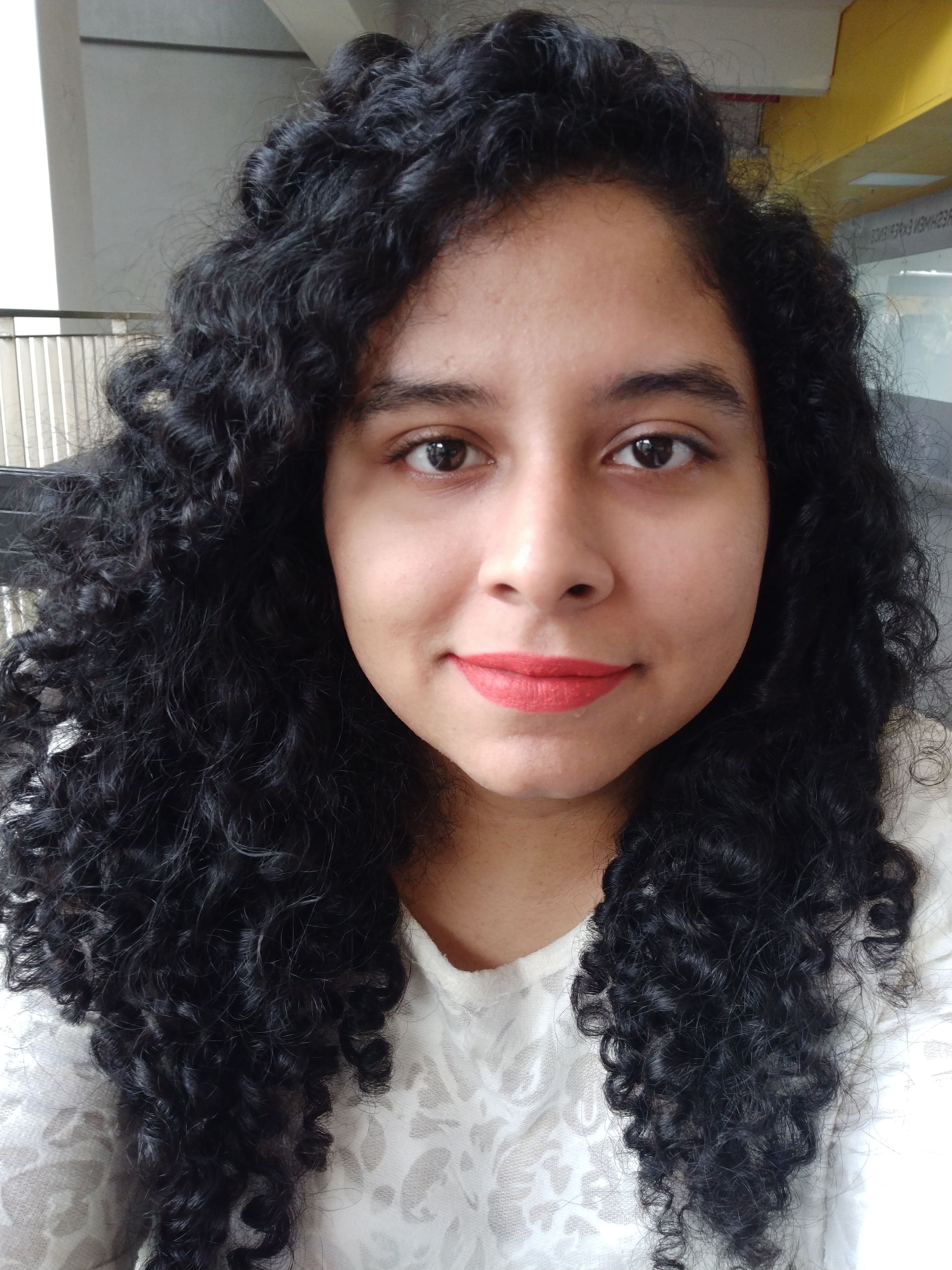Rajalaxmi Rajagopalan

I’m a third year Ph.D. student in the Electrical and Computer Engineering Department at the University of Illinois, Urbana Champaign (UIUC).
I am working with Dr. Romit Roy Choudhury in the Signals and Inference Research Group (SiNRG)
Research Interests
My research interest is in Black-box optimization problems and other problems in signal processing and acoustics. My current research is in personalization in earables and speech enhancement.
Current Research Projects
1. Sample Constrained Black-Box Optimization for Personalization.
2. Self Supervised IMU-based Speech Enhancement.
CV
Here’s my CV.